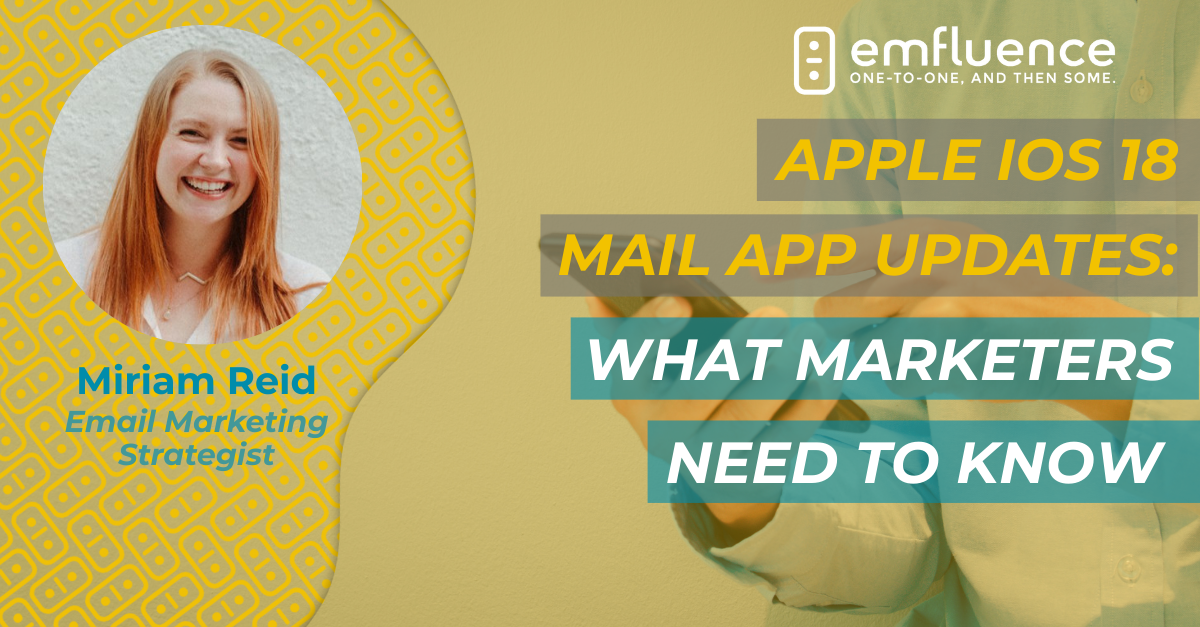In a world where email marketers know the value of each email and, therefore, want to send as much email as possible, it seems unlikely. But, we still sometimes have clients who want to send, say 9 times a year. Those are their promotion windows, or they have a seasonal business. This week, a fellow email marketer asked, “I thought I’d read somewhere that it’s possible to send too infrequently. How often is not often enough in email marketing?”
And, she was right! My best practices recommendation is to send at least something every 30 days. From a marketing standpoint, it’s a good idea to stay in touch with your subscribers so they don’t forget you, but there are also technical reasons to send a minimum of once a month:
1. Your email marketer sender reputation history only tracks the last 30 days.
Worst case scenario: Let’s say you send on March 1st to 500,000 subscribers. All of the volume arrives March 1st. Subscribers will open and click on March 1st, 2nd, 3rd… More importantly, they also unsubscribe or complain (“This is Spam”) all the way through mid-March. On April 2nd, your rolling 30-day reputation is out of whack: you show no volume sent, but have a smattering of complaints, so your ratio of complaints to volume percentage is abnormally high. We’ve seen this happen with a number of clients and it’s a tough battle to get them into the inbox without a lot of explaining. Sending at least once every 30 days helps keep volume in the rear view mirror.
2. You’re more likely to end up with a spam trap on your email list, by accident. Recycled Spam Traps are email addresses that were once used by a real person. These email addresses are abandoned email accounts that are recycled by ISPs as spam traps. Last July, Yahoo! announced that it would recycle old usernames to open up millions of unused accounts. The problem was that they only shut down these inactive emails for 30 days before recycling them. We encouraged our email marketers to reach out to any Yahoo! subscribers who had been inactive — no opens, no clicks, nothing — for 12 months and ask them to either confirm their subscription or else be automatically removed. Hotmail and most other inbox providers will wait until a user hasn’t used their inbox for a year and then make an account dark typically for 90 days before reactivating it for a new user, or worse, recycling it into a spam trap. During the 90 days, Hotmail will send a hard bounce message, so email marketers are sure to get the message: this email address no longer exists.
Just like with older, inactive Yahoo! email addresses, I’d recommend that if you’re not sure that your list is recent and active, is a re-permission/re-engagement campaign. Up to 60% of your list may be inactive, meaning subscribers who haven’t opened or clicked in 13 months. Pull a list of your inactive subscribers and send a campaign saying “We’ve noticed it’s awfully quiet on your end.” You’ll re-engage a small percentage (< 5%), and more importantly, you’ll trim the rest to get them off your list. Those old, inactive accounts are the most likely to get turned to spam traps, making you look like a spammer, even if you’re not. Besides, if they’re not engaging or converting, they’re just weighing down your list anyway, especially if you pay by send volume.
Download a step-by-step guide on executing a re-engagement campaign in Sara’s blog post here.



